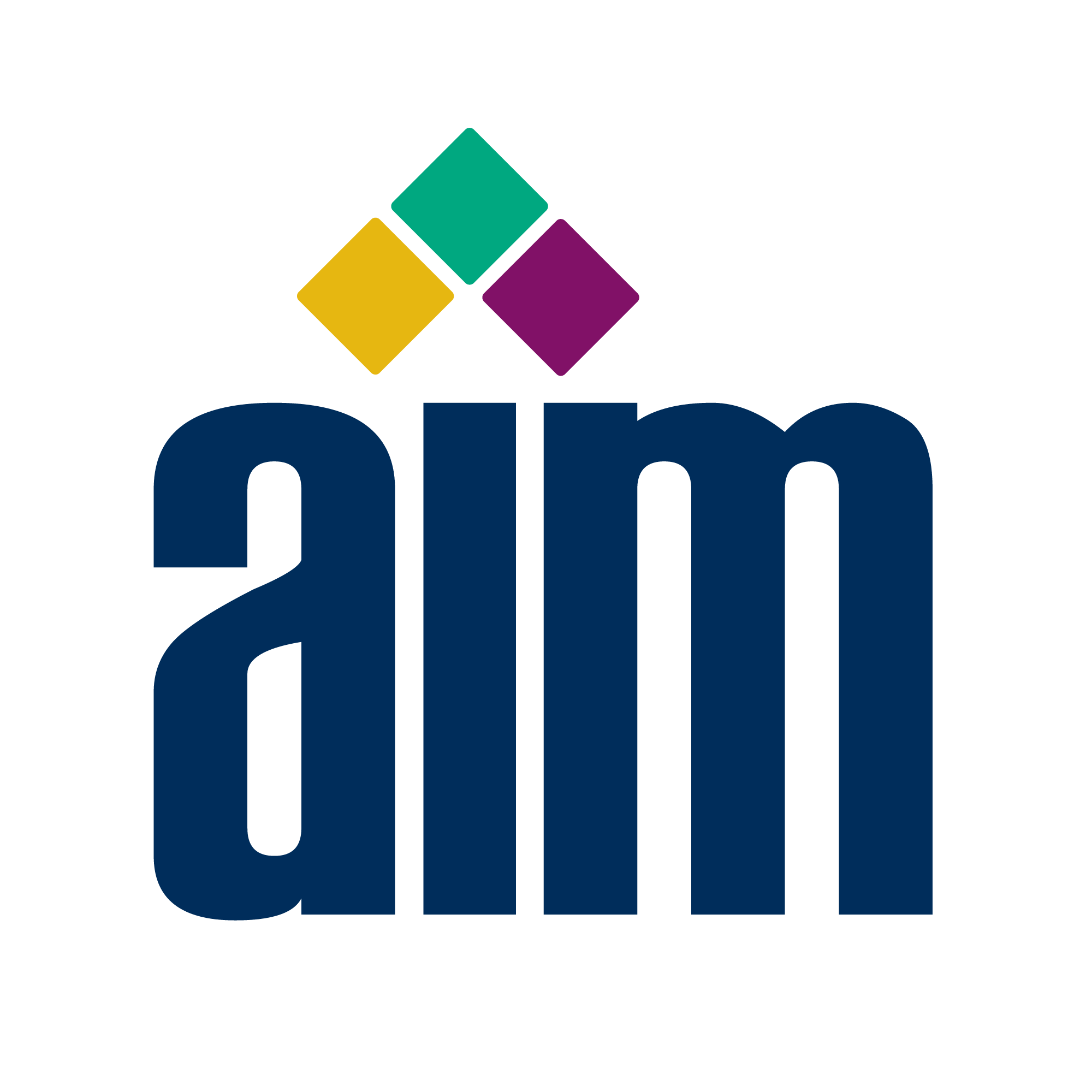Understanding Standards Development
Standards development is a process that involves many individuals, companies, and often governments. In order to understand how standards advance the adoption of emerging technologies, let’s begin with the organizations that oversee standards. Major standards organizations typically fall into two areas: national/regional and international.
National standards apply only to the country in which they are adopted (although they may be adopted or referenced by any organization or country). National standards bodies may be government-sponsored or independent. In the U.S., there are two major standards-setting organizations: the American National Standards Institute (ANSI) and the National Institute of Standards and Technology (NIST), formerly known as the Bureau of Weights and Measures. ANSI is a voluntary organization, while NIST is a non-regulatory government agency. Standards issued by both ANSI and NIST are voluntary standards, which mean no laws mandate their adoption, and no penalties are assessed for not adopting them (other than customer pressure). Learn more about ANSI | American National Standards Institute here.
International standards are generally applicable worldwide. (Local regulations in some areas, however, may supersede international standards.) The two leading standards bodies that represent AIM and the automatic identification industry are the International Organization for Standards (ISO) and the International Electrotechnical Commission (IEC). Together, ISO and IEC have established a Joint Technical Committee (JTC-1) to address technology standards, including those for AIM. Standards developed by JTC-1 are subsequently published as joint ISO/IEC standards. Learn more about ISO | International Organization for Standards here.
Next, let’s take a look at the process for standards development and the parties involved.
There are two basic methods for developing standards. The majority of standards today are developed using the consensus process, which allows any party that may be significantly or materially affected by the standard under development to comment.
At a national level, this means that ANSI committee meetings are open to all interested parties. In some instances, because of logistical issues, meetings may not be convenient for all interested parties, but document drafts are made available and comments must be reviewed periodically. For ISO, IEC and JTC-1 committees, only representatives of national standards bodies (or their designees) may participate. However, comments are solicited on the national level prior to any international meeting. Within a typical development cycle there will be several official public reviews prior to a final public comment period.
It’s important to note that unanimity is not required for the approval of a standard. All comments on, and objections to, the document must be addressed but objections do not necessarily have to be resolved. An honest effort to resolve the issue must be made, but it is often not possible to remove the objection. Thus, a consensus (or majority) view to adopt or reject a standard prevails. Typically, there will be a set point for action, for example, greater than 50 percent of those voting.
The second method, used by organizations like the European Committee for Standardization (CEN) for some of its standards development, relies on a process utilizing a group of experts familiar with writing standards. This type of group tasked with developing a document may not be expert on the topic and will rely on outside experts to advise it. Such a process is typically closed to outside comment until an official review is conducted.
Once a process is determined, it’s time for the actual development to begin.
For technical standards, the early development work is typically done by committees or working groups within regional or national standards organizations. Technical standards can also be developed by broadly based nonprofit organizations such as AIM, CEN and Global Standards One (GS1). If the authors of a standard believe there is a market demand for their work and the standard “draft” is considered by its authors to be complete, it can be submitted to the standards body next in the acceptance hierarchy for consideration as a national or international standard.
Individual companies or organizations may also develop draft documents for consideration by national and international standards bodies. For example, standards being developed by Sun Microsystems would be ‘ad hoc standards’ with no formal status unless they are accepted by ANSI or ISO
Application standards are often developed by user organizations such as automotive, electronics or consumer goods trade associations. These may or may not be submitted for national or international standardization. Many major industry groups, such as the Electronics Industries Association (EIA) in the U.S. and the European steel industry are also accredited standards developers within their respective regions. Standards developed by these organizations often reach national or regional status. In cases where there is an international standards committee working on behalf of an industry, these documents can be submitted to ISO for international approval. Although ISO standards are considered voluntary, as with all voluntary standards, marketplace pressure usually mandates compliance.

